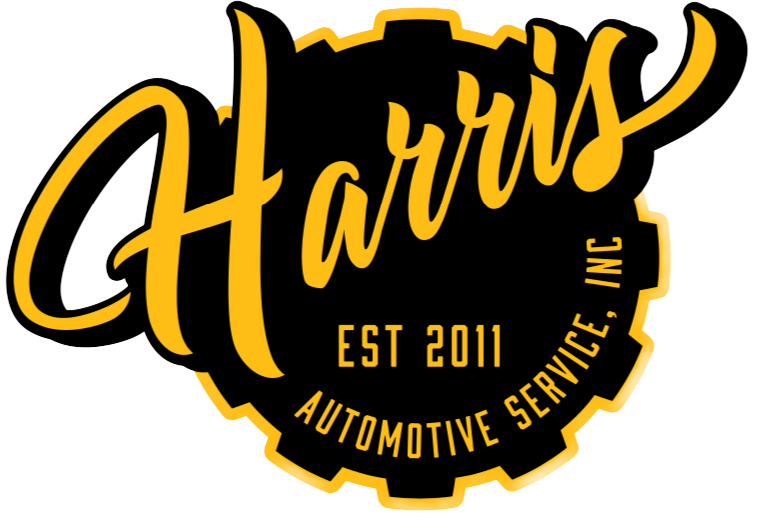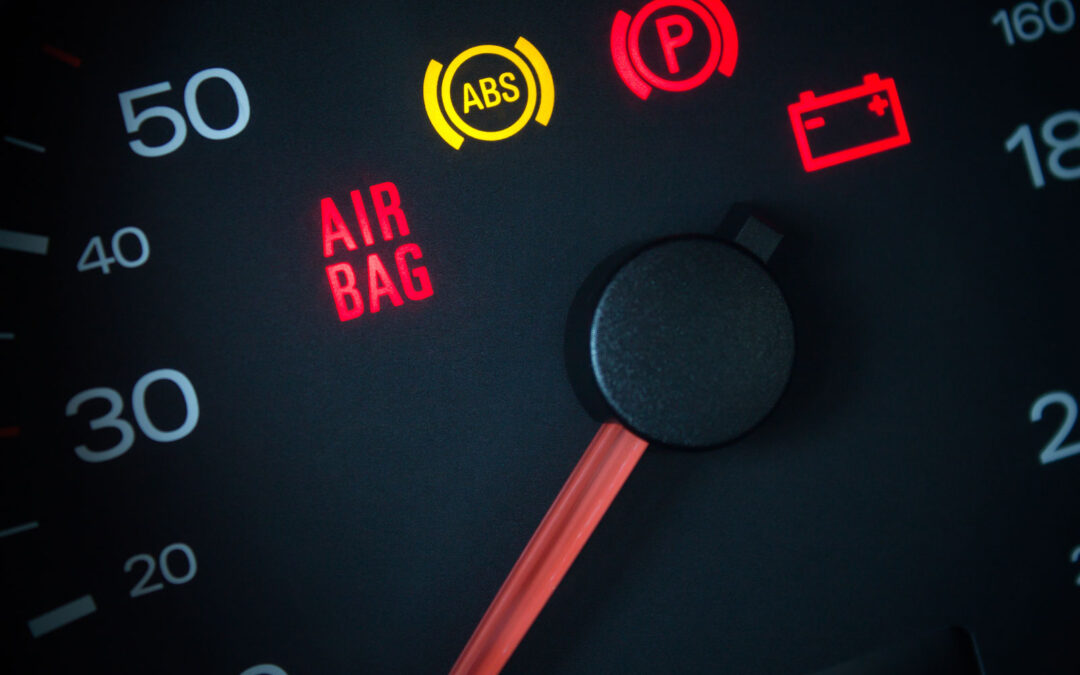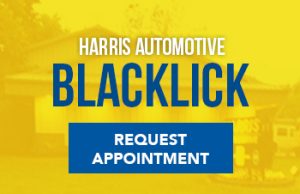Check Engine Light
This is one of the most recognizable and potentially alarming lights. It indicates a wide range of issues from a loose gas cap to something more serious like a faulty catalytic converter. If this light stays on or flashes, it’s best to get your car checked by a mechanic right away to avoid further complications.
Oil Pressure Warning
When the oil can icon lights up, it means your car’s oil pressure is low. Driving without sufficient oil can damage your engine. Check your oil levels immediately. If topping it off doesn’t turn off the light, have your vehicle inspected.
Battery Warning
This light typically looks like a battery and signals an issue with your car’s charging system. This could indicate a bad battery, alternator, or electrical connection. Get your battery checked before you lose power while driving.
Tire Pressure Monitoring System (TPMS)
A TPMS warning (normally a horseshoe-shaped light with an exclamation point) indicates that one or more of your tires may be underinflated. Driving on underinflated tires is unsafe, so check the tire pressure and refill if necessary. If the light stays on, there could be a slow leak.
Brake System Warning
When you see this light, it could mean your parking brake is still engaged, but it might also signal a more serious problem with your braking system, such as low brake fluid or worn-out brake pads. It’s crucial to have your brakes checked immediately.
Temperature Warning
This light resembles a thermometer and indicates that your engine is overheating. Pull over right away and turn off your vehicle to avoid engine damage. Let the engine cool before checking coolant levels. If the light stays on, call for professional help.
When to Seek Professional Help
If you’re ever in doubt, or if a warning light stays on or flashes, it’s best to err on the side of caution and consult a trusted mechanic. Ignoring these lights can turn small issues into major repairs, compromising your safety on the road. By understanding these common warning lights, you can avoid unnecessary repairs and keep your car running smoothly.





